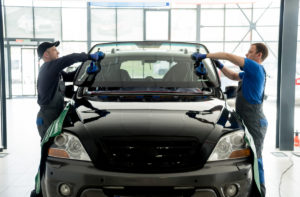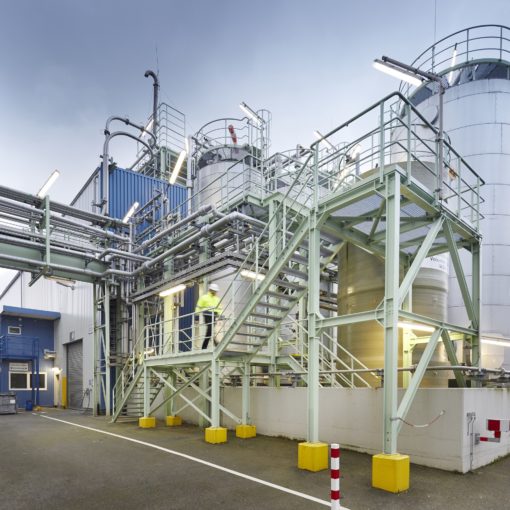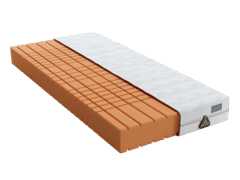 PPG has announced investment in a 2,100-square-foot automotive adhesives and sealants laboratory on the company’s manufacturing and research complex in Cleveland, Ohio, according to a company press release. The facility, which was recently completed, will focus on developing and testing structural adhesives, sealants, and related products for passenger cars, light trucks, SUVs and commercial vehicles. PPG scientists will also use the new lab to continue development of next-generation coatings for lithium-ion battery cells, modules, and packs used in battery-electric and autonomous vehicles.
PPG has announced investment in a 2,100-square-foot automotive adhesives and sealants laboratory on the company’s manufacturing and research complex in Cleveland, Ohio, according to a company press release. The facility, which was recently completed, will focus on developing and testing structural adhesives, sealants, and related products for passenger cars, light trucks, SUVs and commercial vehicles. PPG scientists will also use the new lab to continue development of next-generation coatings for lithium-ion battery cells, modules, and packs used in battery-electric and autonomous vehicles.
“There is a tremendous amount of science in every paint layer on a modern passenger vehicle or commercial truck,” said Gary Bennett, PPG general manager, adhesives and sealants, automotive OEM coatings, in the release. “With this impressive new facility, PPG continues to invest in advanced research and manufacturing capabilities that benefit vehicle manufacturers, battery and component suppliers and, above all, consumers.”
The new automotive adhesives and sealants lab will include state-of-the-art equipment for testing product strength, flexibility, adhesion, and sound-dampening characteristics of PPG products used by several global original equipment manufacturers (OEM). The lab also creates several new high-tech chemistry and research jobs at PPG’s Cleveland facility.
PPG ’s CORABOND® adhesives enable vehicle manufacturers to achieve significant cost and weight savings by joining an array of dissimilar materials without the need for expensive welds. The company also offers a broad portfolio of specialized sealants that support auto and truck makers’ light weighting strategies and help enhance vehicles’ functional performance and durability.
PPG’s automotive adhesive and sealant technologies serve a variety of electric vehicle battery pack needs, including sealing of pack shells and components, fixing of cells and modules into packs, structural reinforcement, impact resistance, and thermal management.



